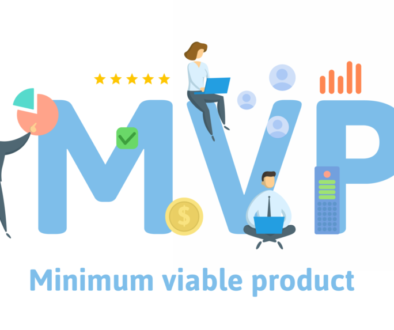When to go Agile
Change for the sake of change is not a good way to run a company. Truly it’s not even a good way to run a team within a company. Constant unnecessary change will drain a teams energy. It will prevent Agile teams from becoming high-performing.
By that same token never changing is an even bigger failure. The real trick is to do the right amount of change at the right time for the right reasons. This is what we deal with as we try to become more Agile. Every situation is different and I am not going to pretend to have all those answers. What I do know is that there are some general guidelines to help us create an approach to implementing Agile based on how ready the organization may be for change.
When things are great nobody sees a need to change.
There is even a name for this with a highly respected book behind it: “The Innovator’s Dilemma“. The basic gist of it is that when things are going great for companies they will tend to keep doing what they are doing. This will prevent them from focusing effort on the future needs of their customers. Lack of change to address future client needs ultimately results in loss of business.
In the same way, a project that is going well has a high chance of the process behind it becoming a sacred cow that nobody is allowed to change. The reason this is bad for a change agent is that change will be resisted. While change for changes sake is bad, the idea is that it gets taken too far and results in stagnation.
In doing a project with an Agile mindset we are looking to constantly improve the process which will result in an improved product. Process improvement is almost always possible save in cases of extreme regulation. As such we need to fight the idea that since the project is going well and the customer seems happy right now the process cannot change.
We can bring small changes forward as optimization opportunities. Instead of selling Agile as a solution to a problem sell it as a way to retain and attract the best talent. One of the most important is to get buy-in from someone with the authority to allow a test run with a small group.
When things are bad everybody has a solution.
The company or project team knows that things are bad at this point. Upper management knows that a solution to problems is needed. Many times they will have an idea of how to move forward. Even those not close to the problem will likely have an idea on what needs to happen. This is also known as “too many cooks in the kitchen.” Instead of going full-bore on explaining what this can look like I’ll add a link here to an article I ran across from a marketing website.
This need to come to a solution by everyone involved is just as bad for a change agent. It can lead to a lot of nothing happening. Decision making can get locked down due to analysis paralysis. The other path is just as bad, too many people make too many changes at one time. Maybe nothing works due to an inability to know how the new processes would interact. Alternately some things work but nobody can tell which ones do and which ones don’t.
While the marketing article is not a perfect match for an Agile project or implementing an Agile transformation it has some good solution concepts. Specifically it talks about a clear process and optimizing communication. I see these mapping to transparency and separate business units working together in Agile. In a noisy environment like this there are some tips to help you get heard.
Getting buy-in at the highest level that the problem is being attacked is important. Create a plan that includes a trial period to make your proposal sound more attractive to everyone involved. Offer to run your trail alongside another solutions trial for comparison at the end.
Change can be good at any time in any environment if done right.
In both of these cases one of the most important pieces is to have a person with authority backing the idea of going Agile. This has become easier over the years as Agile moves from the new idea to mainstream acceptance. The other important idea is to suggest a small test group or project first. This lowers the risk and makes the option sound more attractive in the end.
Nobody likes sudden change. It can feel like an attack. It can be hard to due to ingrained habits. At the end of the day though, if changes result in good they will be welcome. After all, how many people are willing to replace car with a horse at this point?




